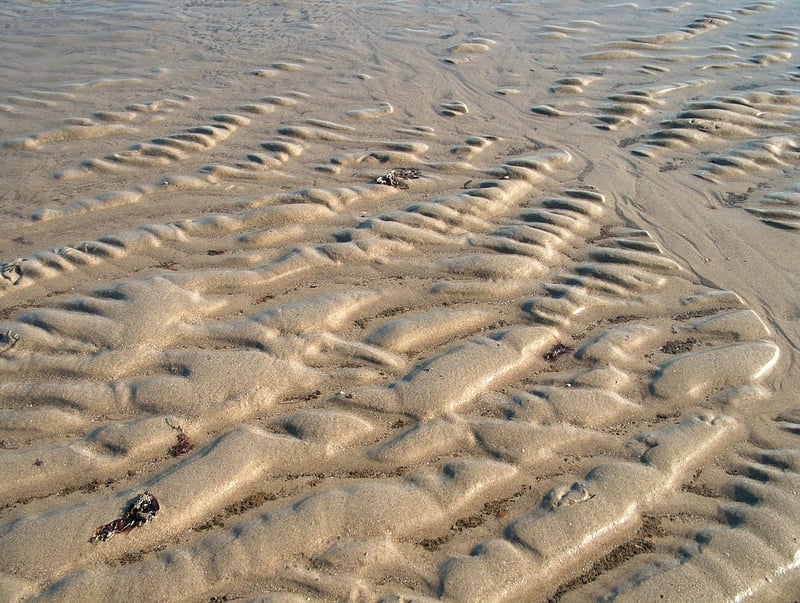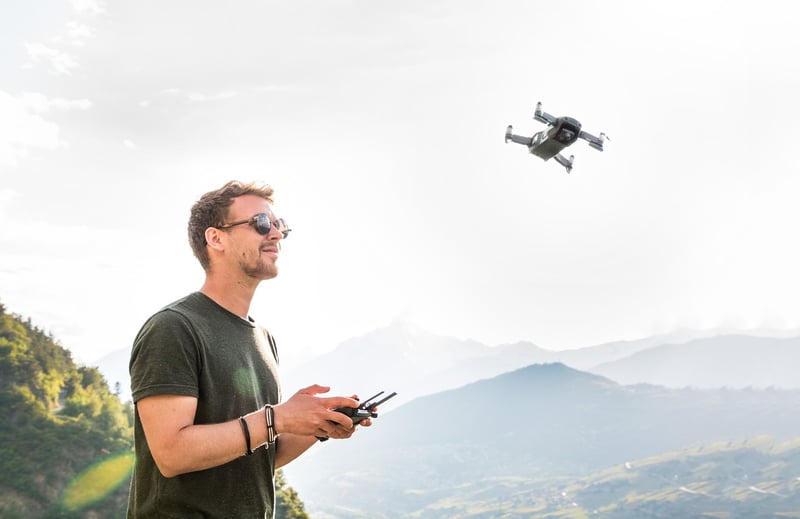Future Technology
Uncover Hidden Relics with Future Technology
Exploring ancient civilizations and uncovering hidden relics has always been a fascinating endeavor for archaeologists and history enthusiasts. With advancements in technology, the way we discover and study these relics has evolved significantly. Let's delve into how future technology is revolutionizing the field of archaeology.
LiDAR Technology
LiDAR (Light Detection and Ranging) technology uses laser light to map out the surface of the Earth. This advanced technology allows researchers to see through thick forest canopies and uncover hidden structures or features that are not visible to the naked eye.

Ground-Penetrating Radar
Ground-Penetrating Radar (GPR) is another innovative tool that archaeologists use to discover hidden relics beneath the ground without the need for excavation. By sending electromagnetic pulses into the ground, GPR can create detailed images of what lies beneath the surface.

3D Printing and Virtual Reality
3D printing and virtual reality have revolutionized the way we study and interact with ancient artifacts. Researchers can create precise replicas of relics using 3D printing technology, allowing for better preservation and study. Virtual reality enables us to immerse ourselves in ancient environments and visualize how these relics were used in their original context.

Drones in Archaeology
Drones have become valuable tools in archaeological surveys and site mapping. These aerial devices can capture high-resolution images of vast areas, helping archaeologists identify potential excavation sites and monitor changes in landscapes over time.

By combining traditional archaeological methods with cutting-edge technology, researchers can uncover hidden relics more efficiently and gain a deeper understanding of our past. The future of archaeology is indeed exciting with these advancements in technology.
